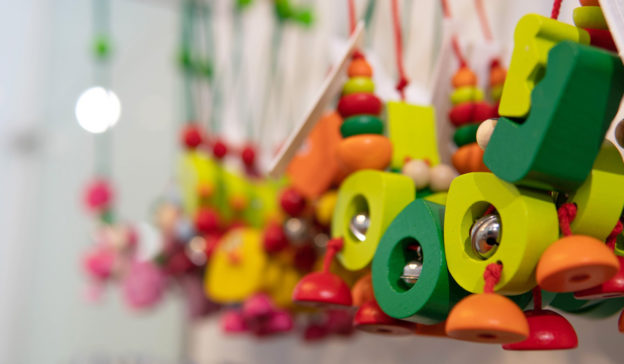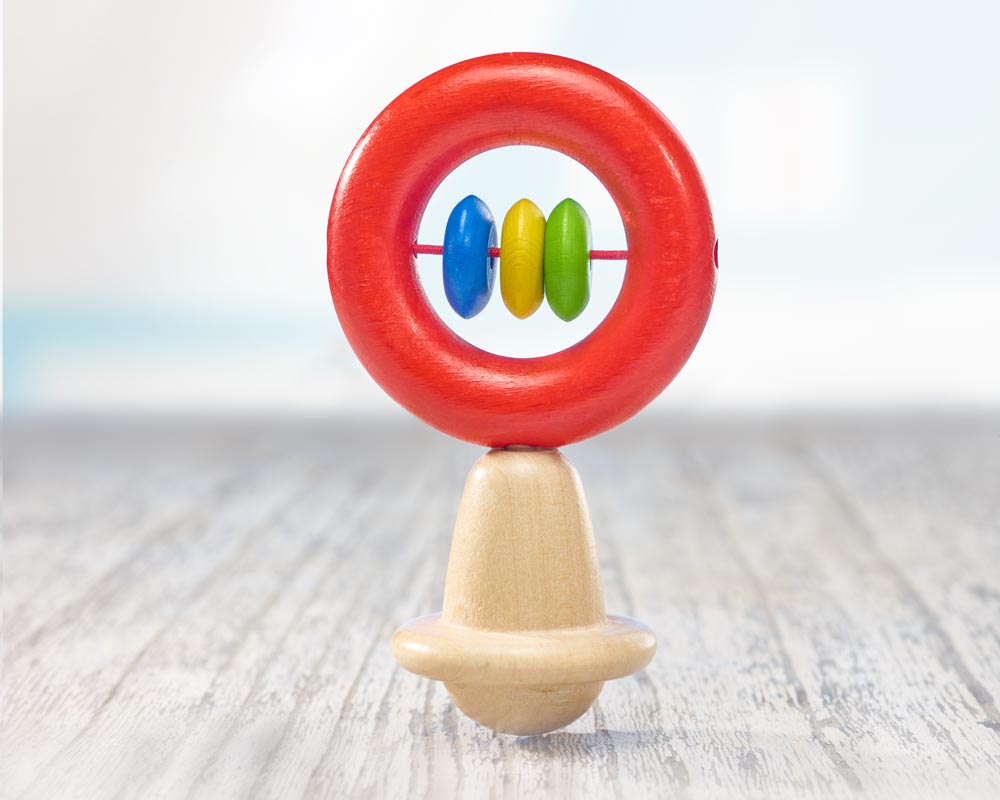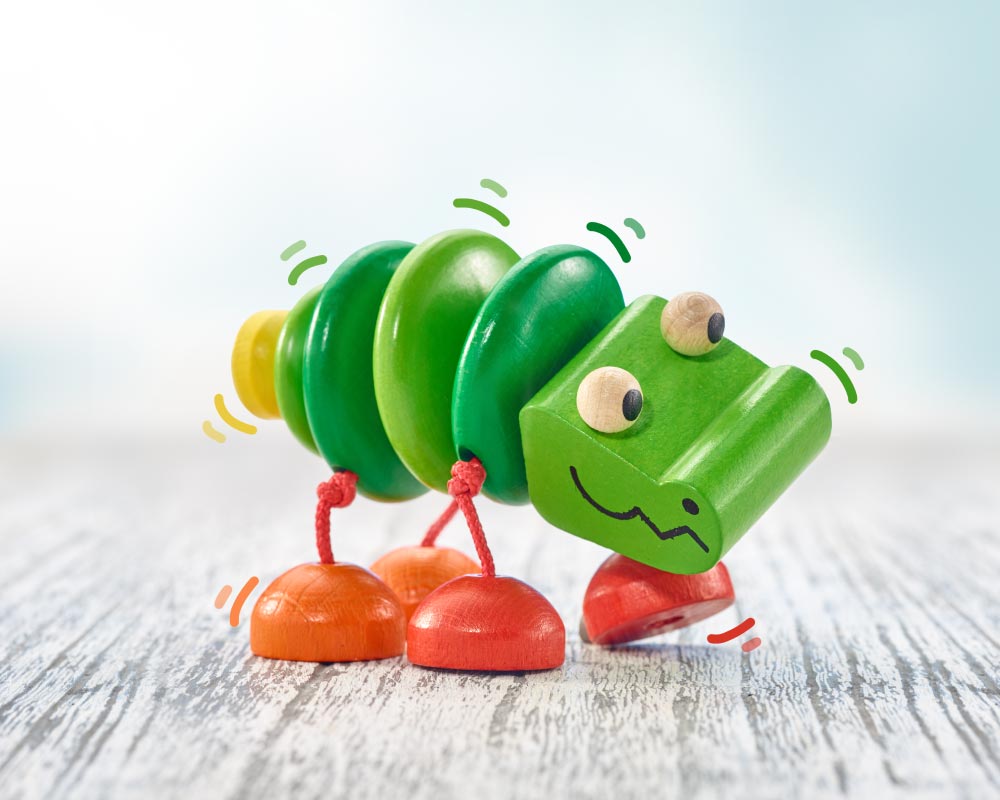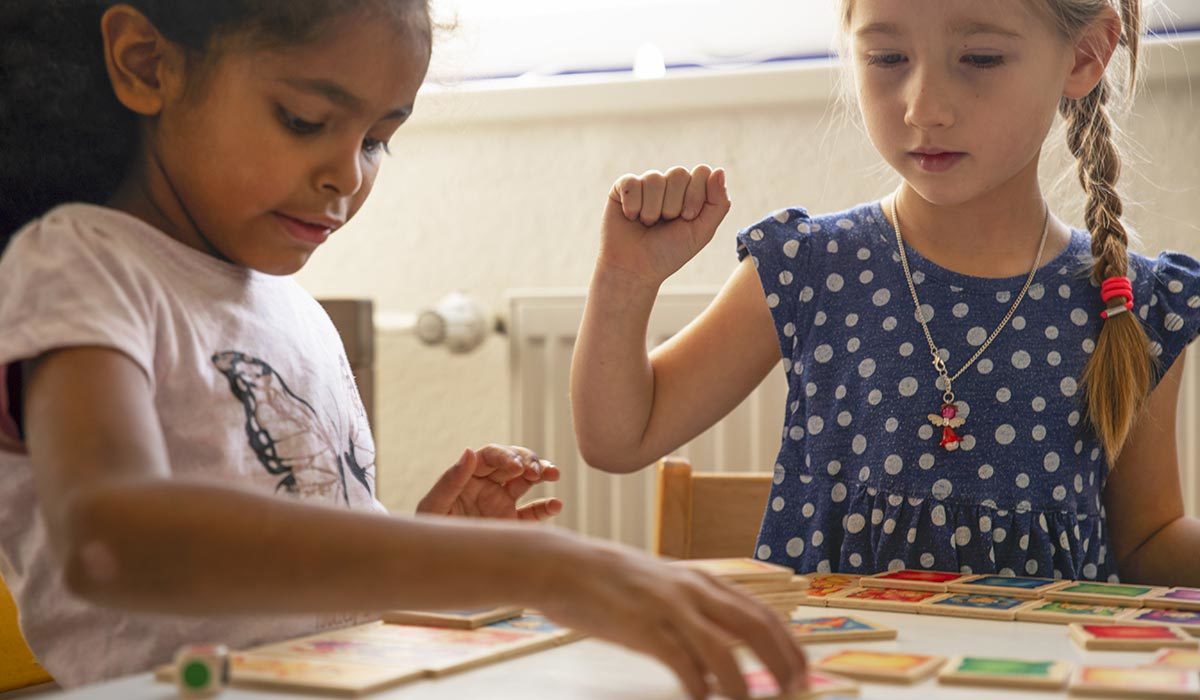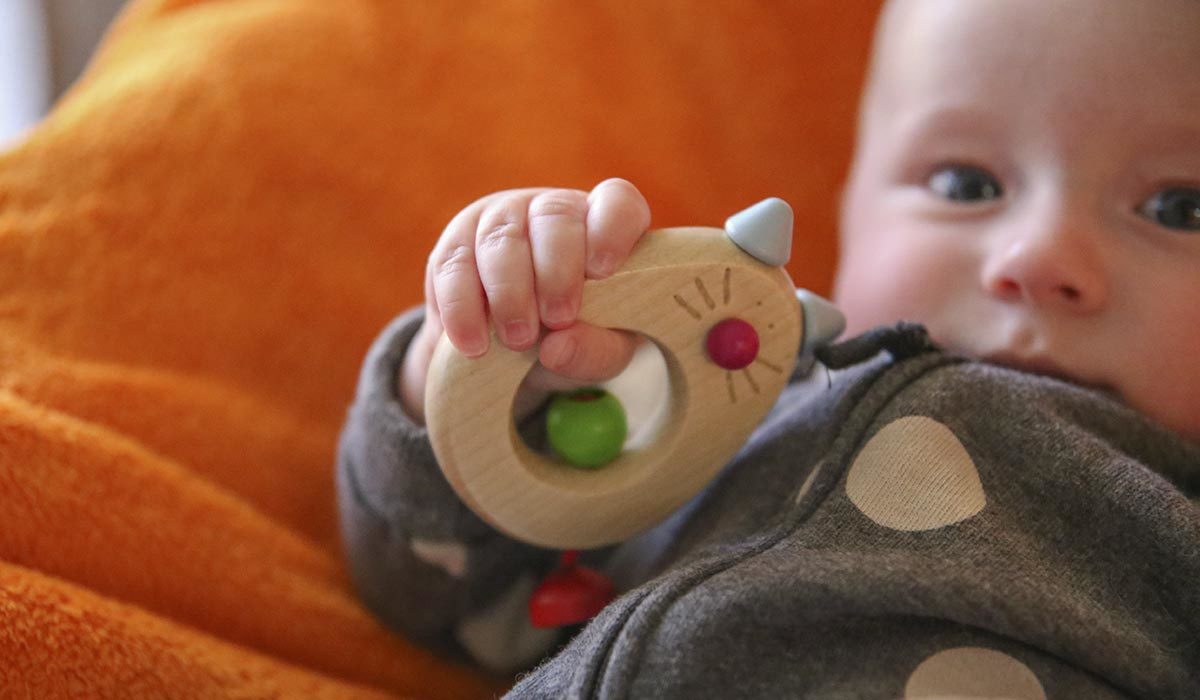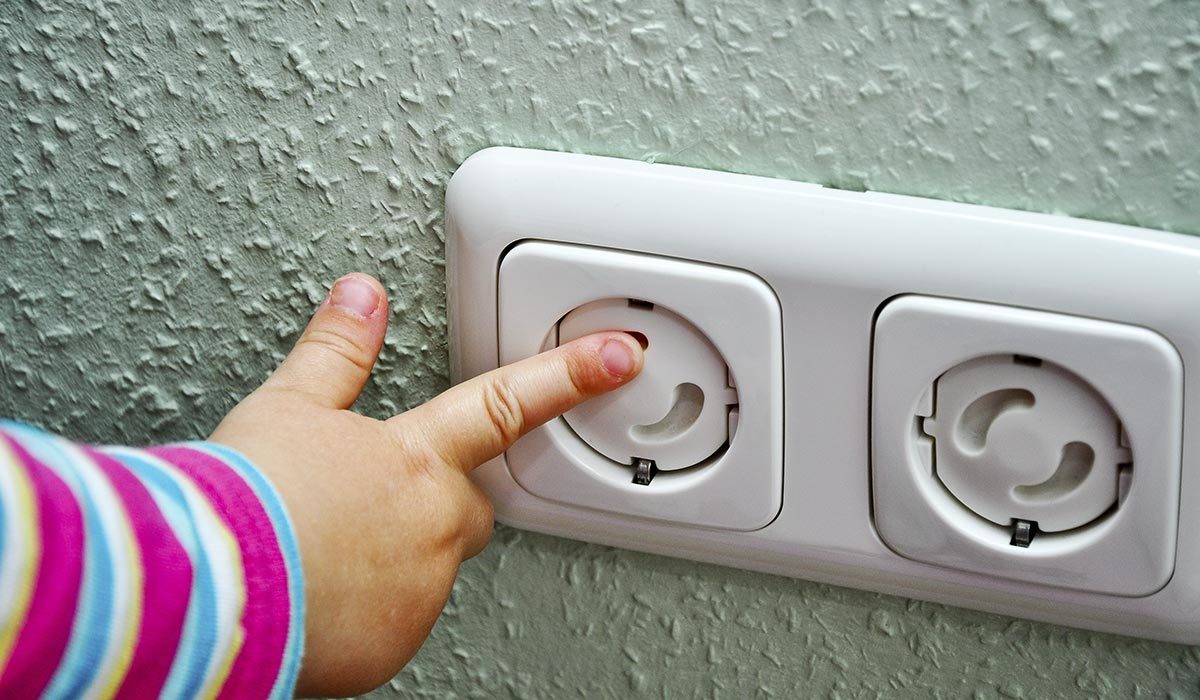Pink is for girls and blue for boys? Or is that just what adults want, while their child doesn’t care? The myth that babies can only see grey still lingers, however it has been proved to be false. Which colours does your baby really like?
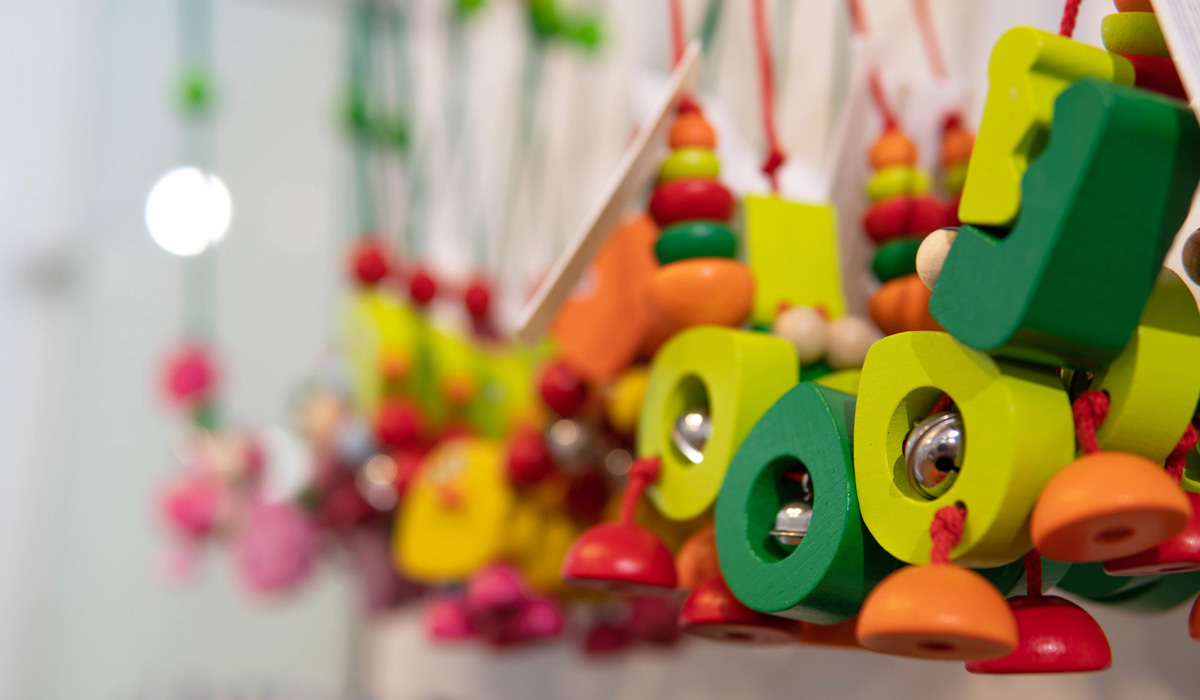
Babies see in colour right from the start
The sense of sight is not completely developed at birth. But although many believe it to be the case, new-born babies are not colour-blind. Babies can recognise colours, but their picture of the world is not yet clear. This is why they prefer strong contrasts such as black and white, or colours which are in sharp contrast to each other. Shortly after their entrance into the world, babies are already scrutinising faces and observing distinctive characteristics that help them to differentiate between them.
From birth to four months
In the first few months, babies demonstrate a keen interest in the primary colours of red, green and blue, which is why they prefer pictures and toys in these colours. Bright colours help the child to develop their visual capacity. Having said this, babies favour shades of red above all. These remind them of the light that penetrated through their mother’s abdominal wall while she was pregnant. This is the reason that a warm light also has such a calming effect on restless children during the night.
From four months onwards
After around four months a baby can already focus on things and follow movements with their eyes. Gentler gradations of colour are increasingly more able to be perceived. Control over the arms is developing and babies can grasp objects more and more securely. Anything that is brightly coloured or has an interesting shape increasingly attracts their attention.
From the ninth month: everything is now getting more colourful and in sharper focus
New-born babies have, at the most, twenty to forty per cent of their future visual capacity. But even after nine months they have reached the stage where they perceive colours as they will see them for the rest of their life. After another three months the eyesight is completely developed and comparable to that of an adult. Now they can distinguish between colours, and can increasingly recognise distances and familiar people.

